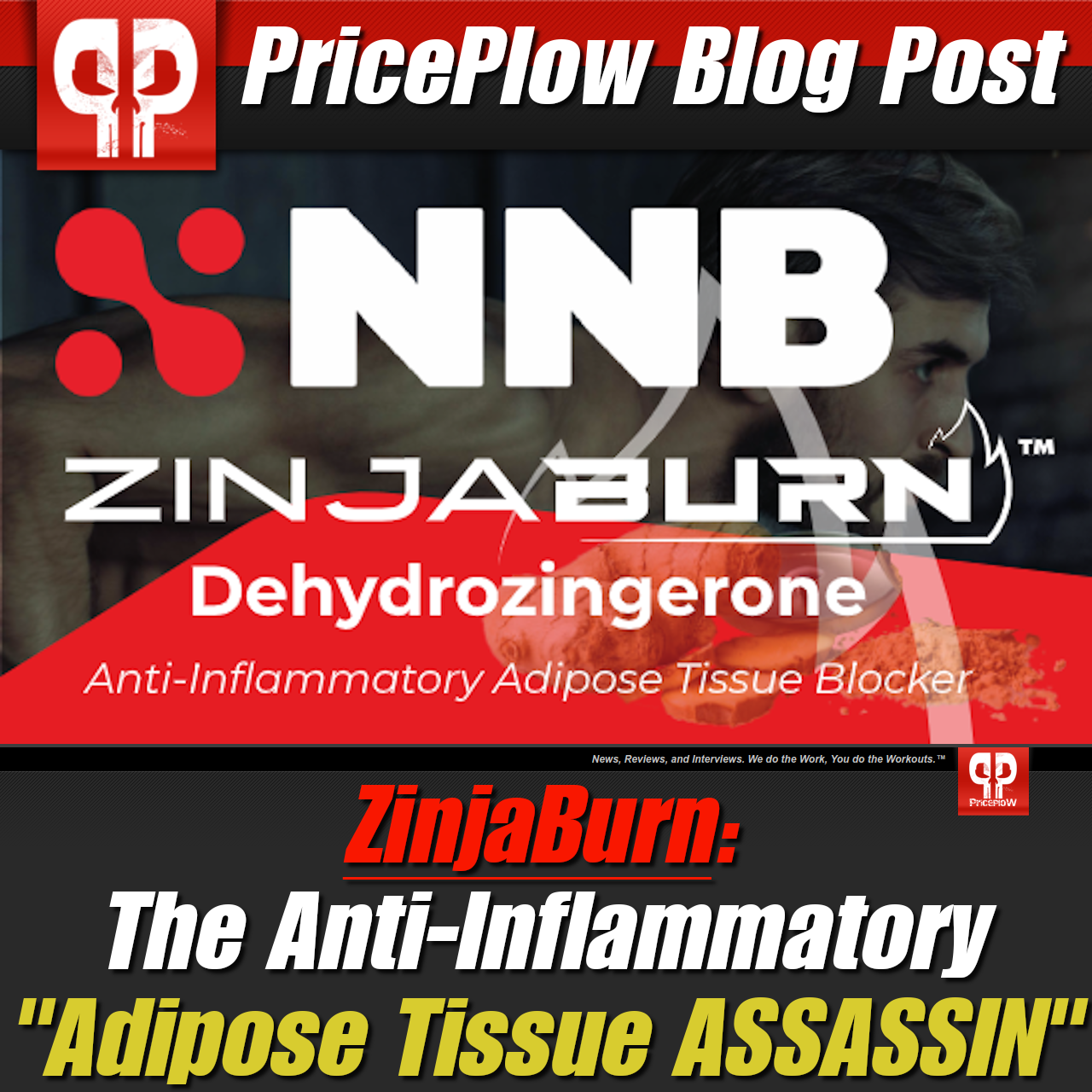
Meet ZinjaBurn from NNB Nutrition. With a similar structure to curcumin, it has anti-inflammatory effects and better bioavailability.. but its effects skew towards weight loss related benefits!
This article discusses a novel supplement ingredient named ZinjaBurn, a trademarked form of dehydrozingerone that comes from ginger and shows promising weight loss related benefits. But before discussing it, we analyze the pitfalls of its popular cousin, curcumin:
One of the most popular plants utilized in cooking -- and now dietary supplements -- is none other than turmeric. Turmeric contains multiple beneficial bioactive constituents that express potent health-boosting properties, with the most well known one being curcumin. Curcumin brings many benefits related to its reduction in inflammation, such as reduction in pain, joint-related conditions, and even anxiety.
However, curcumin suffers from two major problems.
The issues with curcumin:
-
Curcumin has poor bioavailability
Curcumin has very poor bioavailability[1] -- meaning that your body is unable to efficiently absorb and utilize it properly. However, since curcumin is so promising, researchers have found ways to solve this issue. These methods are discussed in our articles on Curcumin for Joint Pain and its highly-bioavailable metabolite, Tetrahydrocurcumin.
-
Curcumin gets mis-marketed - it could be better as a weight loss supplement
Worse, we sometimes see turmeric and curcumin marketed towards dieters. While it's rarely bad to take it, it's not optimal for this situation. Although some studies show benefits on sick subjects,[2] raw curcumin is simply inconsistent when it comes to blood glucose, weight loss, and fat loss in the general population.[3-9]
It's the second of these two points that we'll focus on today - dieting.
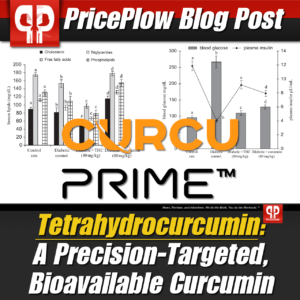
Tetrahydrocurcumin is a precision-targeted, more bioavailable curcumin metabolite that is more white than yellow! But what if we want weight loss effects? Then keep reading...
A curcumin "variant" that better targets weight loss?!
So curcumin is hit-or-miss, but its mechanisms do seem to be beneficial for metabolic effects. Because of this, researchers have continued to explore better absorption systems and closely-related molecules that may work around its flaws.
Ginger to the rescue!
Recent studies have shown that there's a bioactive constituent contained in curcumin's cousin, ginger, that can be isolated and can solve several of the issues seen with traditional curcumin supplementation. The compound is known as dehydrozingerone.
ZinjaBurn: The Industry's First Dehydrozingerone From NNB Nutrition
Dehydrozingerone (DHZ), also known as feruloyl methane and vanillylidene acetone, is a compound present in ginger that has a very similar molecular structure to cucurcumin.[10] DHZ expresses strong anti-inflammatory, anti-obesity, anti-proliferative, mood boosting, and metabolic enhancing properties.[11-16]
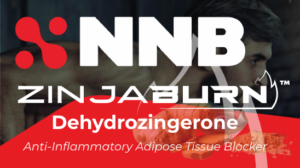
Looking to try this potent ginger extract? NNB Nutrition's ZinjaBurn is the way to go! Contact NNB at NNBNutrition.com
Furthermore, DHZ has superior bioavailability compared to curcumin,[11,17] which means it will likely be more effective - especially at our target application of dieting! Until recently, it was nearly impossible to get a quality source of dehydrozingerone for use in supplements, but thanks to NNB Nutrition, it's now readily available!
After looking into the research, NNB Nutrition decided to trademark dehydrozingerone under the name of ZinjaBurn to offer the most pure form available. Trademarked, patented, and lab-tested ingredients are a crucial component of the dietary supplement industry because they guarantee the quality and purity of a compound. If you like the idea of curcumin, but want to push it to its limits on weight loss instead, we suggest looking into ZinjaBurn from NNB Nutrition.
Although ZinjaBurn has several health promoting properties, we're going to mainly focus on its ability to boost your metabolism, regulate blood glucose levels, and assist in weight management!
But if you want to learn even more about DHZ that goes beyond weight loss, read our in-depth article titled Dehydrozingerone: Ginger's Forgotten Anti-Inflammatory Weight Loss Factor. In addition, sign up for our news alerts below, and then let's head into the metabolic effects of this novel ingredient.
Subscribe to PricePlow's Newsletter and Alerts on These Topics
ZinjaBurn's Benefits: What Does The Research Have To Say?
Dehydrozingerone is one of the newest compounds to enter the market, so there's a lack of human clinical trials specifically on the ingredient. However, there are multiple studies showing the benefits of ginger consumption,[18-22] which is where DHZ is isolated from.There are also several clinical trials performed on animals are showing some promising evidence for its benefits.[11-16]
Research shows that ginger is capable of increasing digestion speed, decreasing feelings of nausea, and enhancing caloric expenditure.[18-22] The majority of these effects are attributed to ginger's 6-gingerol content.[20-22] 6-gingerol is capable of activating PPAR (peroxisome proliferator-activated receptor), which is a metabolic pathway that boosts caloric expenditure by promoting the browning of white adipose tissue (fat storage).[20-22]
Although the studies assessing ginger's effects on weight loss primarily focus on either 6-gingerol or 6-shogaol,[21] there's another bioactive constituent that's very underrated -- zingerone, and more specifically dehydrozingerone, which is trademarked as ZinjaBurn.
NNB Nutrition refers to ZinjaBurn as the "anti-inflammatory adipose tissue blocker", meaning it has potent anti-inflammatory effects (similar to curcumin) but may also be able to prevent the accumulation of fat (adipose) tissue.[11-16]
-
Stimulates AMPK
Preliminary research suggests that ZinjaBurn's positive effects are mainly attributed to its ability to activate adenosine monophosphate kinase (AMPK).[11] AMPK is an enzyme that plays an important role in energy metabolism -- specifically carbohydrate and lipid metabolism.[23] When AMPK is activated, it stimulates ATP (adenosine triphosphate) generating processes, including fatty acid oxidation and glucose uptake, while simultaneously reducing energy "storage" activities, such as lipid and protein synthesis.[23]
Research shows that exercise is the most powerful activator of AMPK, which makes sense, given that exercising dramatically increases the demand for cellular energy.[23] It's well-established that in order to lose weight and keep it off, exercising regularly, getting adequate sleep, eating a satiating nutrient-dense diet free of processed foods, and managing stress are key factors for success. However, once all of those elements are in place, supplementation may help speed up your efforts.
A prime example of this is ZinjaBurn -- because of its ability to stimulate AMPK without the need to exercise, it could aid in weight loss.[11] This doesn't mean that you no longer need to do cardio or lift weights, but supplementing with an efficacious dose of ZinjaBurn may prime your body to burn more fat over the course of an entire day opposed to just the hour you spend in the gym. Furthermore, prolonged diets (being in a caloric deficit) for an extended period of time can take a toll on your metabolism and cause it to slow down -- resulting in a plateau in weight loss.
If ZinjaBurn is able to help stimulate AMPK, the dreaded weight loss plateau is less likely to occur, which may make reaching your goal much easier in the long run. We'd love to see human clinical trials conducted before making the final call on whether ZinjaBurn is effective for fat loss or not, but let's cover the preliminary research that suggests why it may be beneficial.
-
Reduces Adipose Tissue Accumulation and Improves Insulin Sensitivity
In 2015, a landmark study was conducted to assess the effectiveness of dehydrozingerone supplementation on improving metabolic function in obese mice who were fed a high fat diet.[11] The researchers found that mice given DHZ along with a high fat diet experienced suppressed weight gain, lipid accumulation, and hyperglycemia.[11]
Additional potential benefit: vigilance. Discussed in our main dehydrozingerone article, mice fed DHZ have more "fight" in them.
They also reported that DHZ was found to be a potent activator of AMPK phosphorylation and enhanced glucose uptake in skeletal muscle cells via the activation of GLUT4 -- a glucose transporter.[11] The DHZ-fed mice had superior glucose clearance and insulin-induced glucose uptake, suggesting that DHZ may promote insulin sensitivity -- a key component of a well functioning metabolism.[11]
Ultimately, the results showed that the DHZ-fed mice had a 35% reduction in blood glucose levels, as well as a 30% reduction in insulin activity[11] - massive numbers!
Insulin resistance?
Insulin resistance is most prevalent in people who are overweight, obese, or having pre-exsiting medical conditions. This means that your cells are no longer responsive to insulin -- a hormone released by the pancreas that helps decrease blood glucose levels by shuttling glucose into the cell. In this state, the muscle and fat cells are effectively "full" and refuse to accept more energy.
These details and more are covered in our main dehydrozingerone research article.
Some of the best ways to improve insulin sensitivity are intense exercise, eating a higher-protein diet at a caloric deficit (generally lowering carbs and increasing protein is the best strategy), and getting adequate sleep. After that, there are several supplements that can help the situation as well, and ZinjaBurn may be one of them!
Maintaining or regaining insulin sensitivity is crucial for a healthy metabolism -- if gone untreated can lead to some serious health conditions, such type II diabetes. The results from this 2015 study are very significant, which is why we're very curious to see how it performs in humans. In the end, the researchers concluded that DHZ's health benefits are likely due to the activation of AMPK within skeletal muscles,[11] which is great for weight loss and overall health!
More effective than curcumin?
What's even more interesting is that this same study compared DHZ to curcumin in order to see which one activated AMPK better. Since dehydrozingerone has better bioavailability, it's no surprise that DHZ outperformed curcumin by a significant amount.[11]
Considering the results from this study, it's very plausible that ZinjaBurn could be a great addition to a fat loss supplement stack and it would be interesting to see what it's able to do when combined with other potent fat burning ingredients with different mechanisms of action, such as CaloriBurn-GP, a high quality grains of paradise extract also from NNB Nutrition.
Finally, let's turn our attention to another benefit of ZinjaBurn that's definitely worth talking about -- protecting damage induced by linoleic acid oxidation!
-
Linoleic Acid Oxidation Protector
A study published in 2011 reported that dehydrozingerone is able to inhibit the oxidation of a polyunsaturated omega-6 fatty acid known as linoleic acid.[12] Although DHZ exhibits several benefits, this may be the most impressive one so far. Research shows that there's an overconsumption of omega-6 fatty acids in most people's diets, which can lead to serious health conditions.[24-27]
We believe Zingerone and Dehydrozingerone are highly responsible for many of ginger's anti-inflammatory properties, which is why drug makers research it so much
The main culprit of this is ultra-processed foods -- it's almost impossible to find processed foods that don't contain some form of omega-6 fatty acid, such as soybean oil, canola (rapeseed) oil, sunflower oil, or other processed seed oils (these are often called "vegetable oils").[24-30] Sure, they may make the food taste great and stimulate euphoric centers in the brain, but they can and will wreak havoc on your overall health. Vegetable oils are prone to oxidation and rancidity, which result in excessive inflammation.[24-27]
There are two primary polyunsaturated fatty acids that should be considered when assessing someone's health -- omega-6 (mainly found in vegetable oils) and omega-3 (mainly found in fatty fish, such as salmon). In the typical western diet, a person's ratio of omega-6 to omega-3 consumption is drastically skewed to favor omega-6, meaning that we consume more foods with omega-6, while simultaneously failing to eat enough foods rich in omega-3s.
Omega-3 to Omega-6 Fatty Acid Ratio
Many people supplement with fish oil, but that may not be enough to create a more favorable ratio between the two. It's likely a good idea to cut out the majority of processed food and focus on minimally processed, nutrient dense foods. Research shows that an unbalanced omega-6 to omega-3 fatty acid ratio increases the risk of developing multiple chronic health conditions, including diabetes, heart disease, metabolic disorders, and obesity.[31-39]
Linoleic acid is an omega-6 polyunsaturated fatty acid that's mainly found in processed vegetable oils listed above.[40-45] Studies have shown that there's a direct correlation between increased vegetable oil consumption and obesity rates.[27]
One study in particular even noted that linoleic acid content within human adipose tissue has increased by 136% over recent years![46] The main problem with linoleic acid is that once it's consumed, it gets oxidized by the body, resulting in the production of harmful metabolites -- 4-Hydroxynonenal (HNE) via the stimulation of the pro-inflammatory omega-6 fatty acid arachidonic acid and endocannabinoid 2-arachidonoylglycerol (2-AG).[47-49]
This series of events also leads to a hyperactivation of the body's endocannabinoid system, resulting in an increased appetite (literally the munchies) and risk for obesity.[49]
It all sounds terrible, but by inhibiting the oxidation of linoleic acid, ZinjaBurn may be able to prevent some of these unwanted effects.[12] However we still would recommend limiting vegetable oil consumption as much as possible.
Be on the Lookout for ZinjaBurn
We're excited to see more research conducted in the future. If not for weight loss, ZinjaBurn provides several other health-related benefits that seem very promising, as covered in our main dehydrozingerone article.
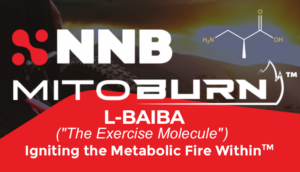
NNB Nutrition has finally brought us a trusted and tested form of L-BAIBA, which we call an "exercise signal" that kickstarts incredible metabolic processes! It's known as MitoBurn and it's also part of the "Mito" Stack!
Due to ZinjaBurn's potent AMPK activating effects, NNB Nutrition decided to add it on to their Burn Series, which includes several novel ingredients designed to promote weight loss, support a healthy metabolism, and help you reach your body composition goals fast. The Burn Series consists of patent-pending MitoBurn (L-BAIBA) and CaloriBurn-GP (Grains of Paradise).
As more research comes out highlighting the benefits of ZinjaBurn, it's likely that ZinjaBurn will be added to various formulas, and some may even offer it as a stand alone product. Based on the current evidence, the recommended dosage of ZinjaBurn is between 400-600mg taken twice per day. Because it doesn't have a stimulatory effect, you can take it in the morning and at night without disrupting sleep.
PricePlow believes that this would stack very well with CaloriBurn for an "amplified ginger" weight loss stack. As more research is conducted on ZinjaBurn, we will be updating this article, so make sure to subscribe down below and contact NNB Nutrition for more information.
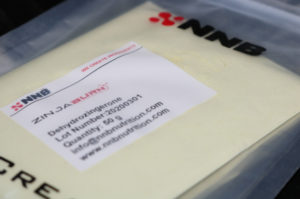
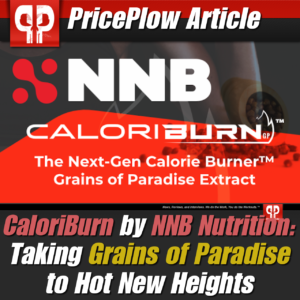
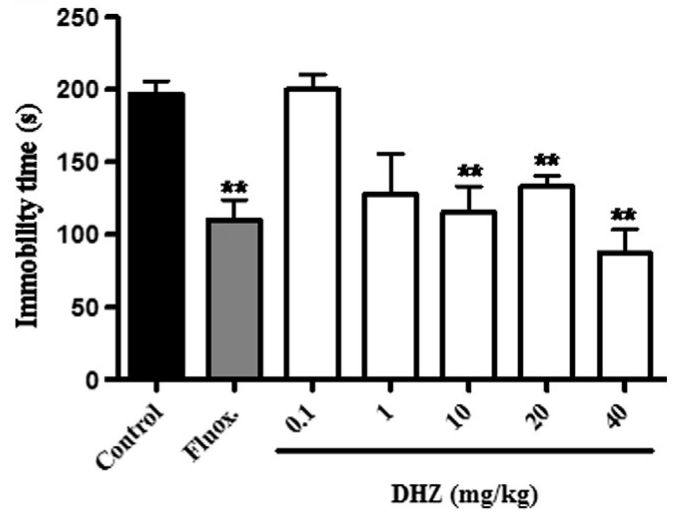
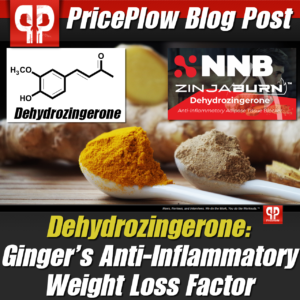
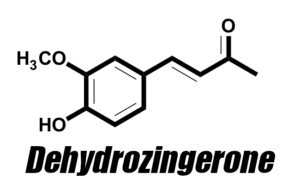



Comments and Discussion (Powered by the PricePlow Forum)